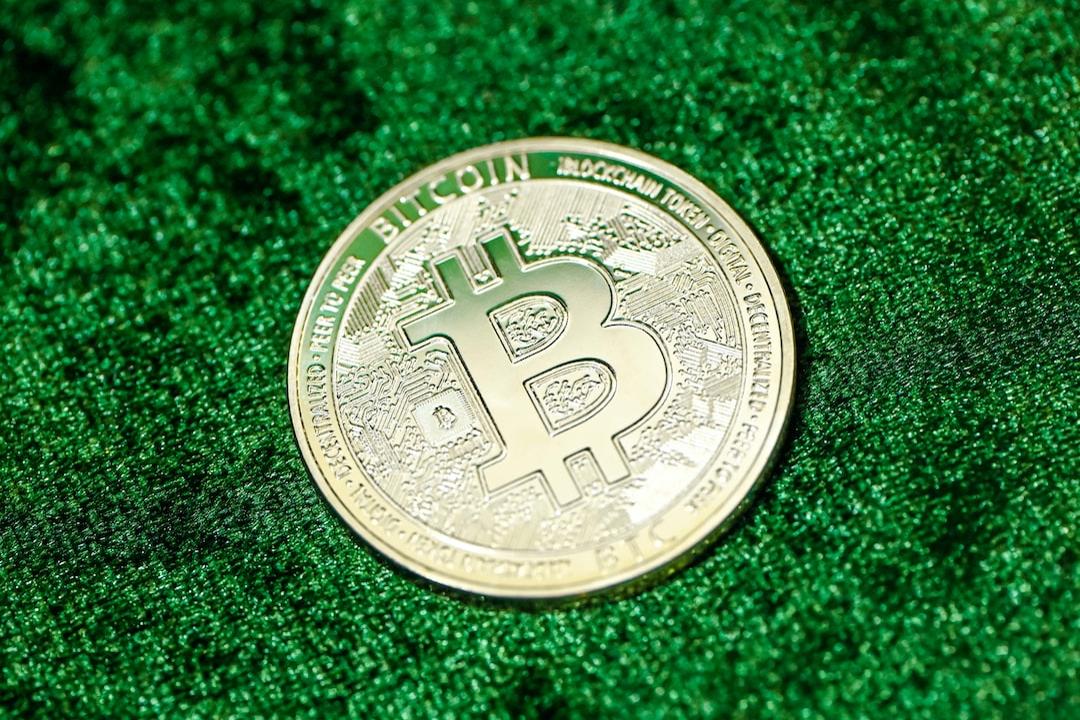Bitcoin is experiencing an interesting trend as of late, with smaller traders selling off their holdings while large institutional and individual investors, known as whales, are increasing their Bitcoin positions. This shift in market behavior is having an impact on Bitcoin’s supply dynamics and influencing price trends in a time of uncertainty.
Data from Santiment, a market intelligence platform, shows a significant increase in Bitcoin whale and shark wallets in July 2024. There has been a net increase of 261 wallets holding at least 10 BTC, bringing the total number of wallets with 10+ BTC to 152,000, the highest count since May 21.
This accumulation trend among larger holders contrasts with the actions of smaller traders, who have been actively selling off their Bitcoin holdings. This sell-off behavior has contributed to increased selling pressure in the market, despite the efforts of whales to accumulate more Bitcoin.
The Santiment report highlights a clear divide between large holders and small traders in the Bitcoin market. Whales (holding 1,000 BTC or more) and sharks (holding 10 to 1,000 BTC) are taking advantage of lower prices to increase their Bitcoin holdings, indicating a bullish sentiment and expectations of future price appreciation.
On the other hand, smaller traders appear to be liquidating their holdings, possibly due to market anxiety or short-term financial considerations. This trend of small trader sell-offs has put downward pressure on Bitcoin’s price in recent weeks.
Insights from Into The Block provide a comprehensive view of Bitcoin holdings distribution across different address categories. The distribution is as follows:
– Addresses holding 0 to 0.001 BTC: 29.8 million
– Addresses holding 0.001 to 0.01 BTC: 11.86 million
– Addresses holding 0.01 to 0.1 BTC: 8.03 million
– Medium-sized holders (0.1 to 1 BTC): 3.54 million addresses
– Larger holders (1 to 10 BTC): 859,700 addresses
– Investors holding 10 to 100 BTC: 136,970 addresses
– Major investors with 100 to 1,000 BTC: 13,810 addresses
– Institutional investors and high-net-worth individuals (1,000 to 10,000 BTC): 1,960 addresses
– Extremely large holdings (10,000 to 100,000 BTC): 102 addresses
It is worth noting that a few addresses hold over 100,000 BTC, likely belonging to exchanges or major entities in the cryptocurrency ecosystem.
In another development, BitMEX, a prominent cryptocurrency exchange, experienced its second-largest Bitcoin outflow in history. Over July 5 and 6, a total of 35,807 BTC, valued at approximately $2.1 billion, flowed out of BitMEX. This significant outflow suggests that major investors are reallocating their holdings to other platforms.
This movement of Bitcoin from BitMEX to other exchanges could alleviate immediate selling pressure on BitMEX and potentially stabilize Bitcoin’s price, according to data scientist Joao Wedson. While BitMEX clarified that the outflow resulted from internal fund reshuffling, the larger implications of such large-scale transfers indicate institutional confidence in Bitcoin’s future performance.
Overall, the current dynamics in Bitcoin’s market highlight the complex interplay between market forces and regulatory landscapes. As Bitcoin matures as a global asset class, the actions of whales and institutional players will shape its price trajectory and overall market stability.
In conclusion, while small traders react to short-term market fluctuations, the strategic accumulation by whales and institutional movements provide a positive outlook for Bitcoin’s long-term prospects. As regulatory frameworks evolve and market sentiments fluctuate, stakeholders in the cryptocurrency ecosystem must navigate these dynamics with foresight and adaptability.

